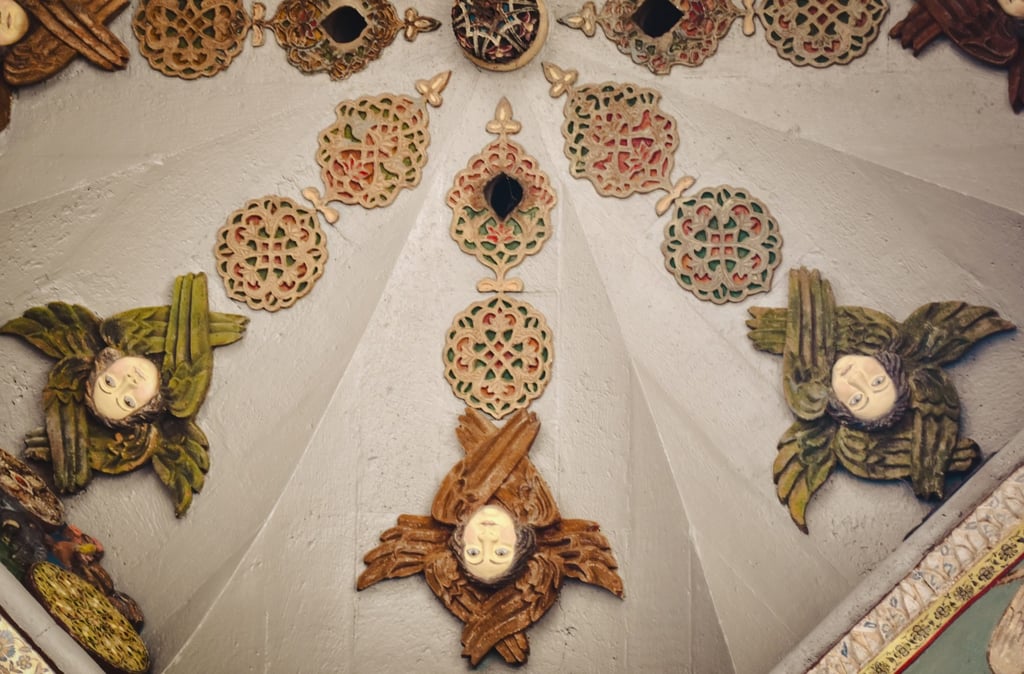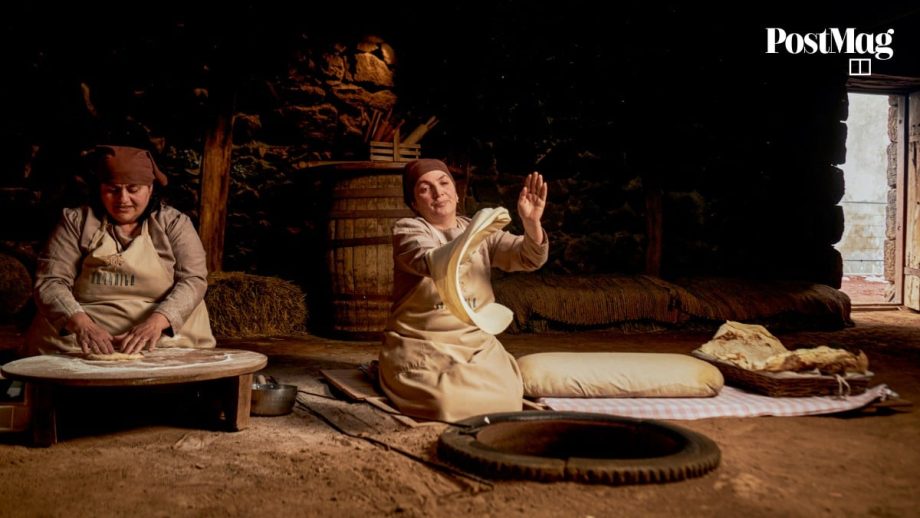
Today, however, Mount Ararat lies not in Armenia, but in Turkey. The double-peaked mountain (with Little Ararat alongside, at 3,925 metres) was part of Armenia for 3,000 years but then came under the control of various empires, including the Persian and Ottoman. Several treaties signed after World War I granted the mountain to Turkey.







